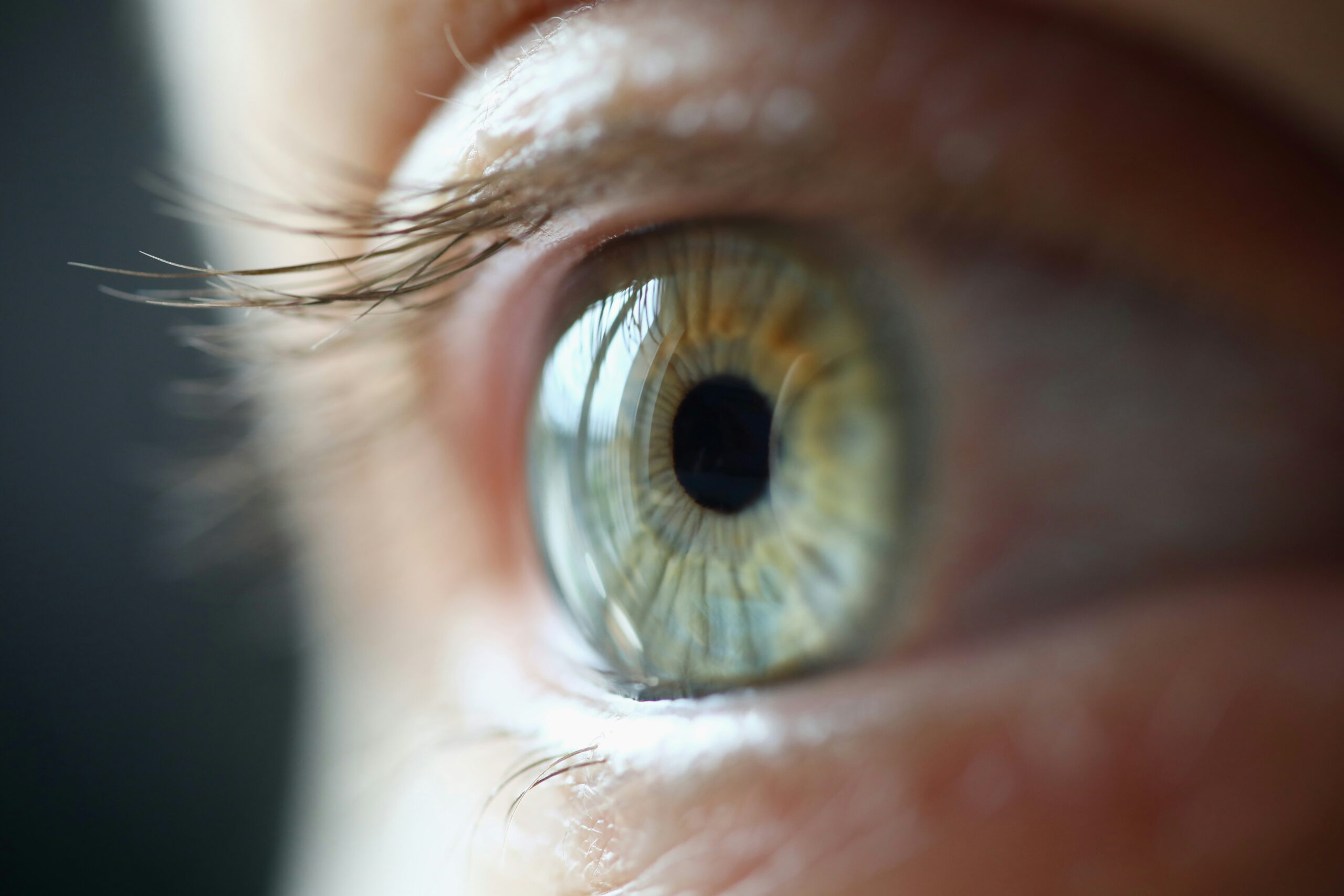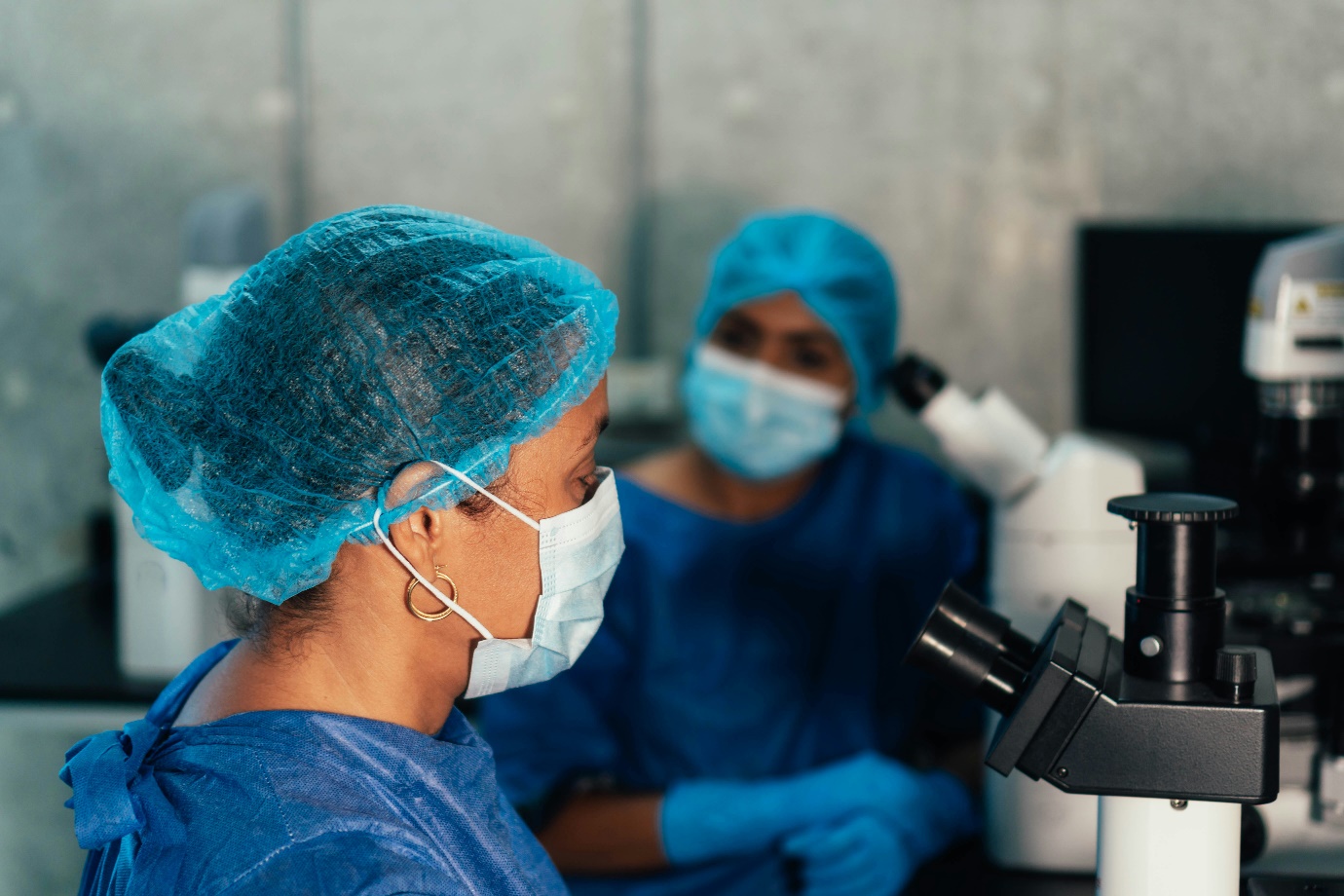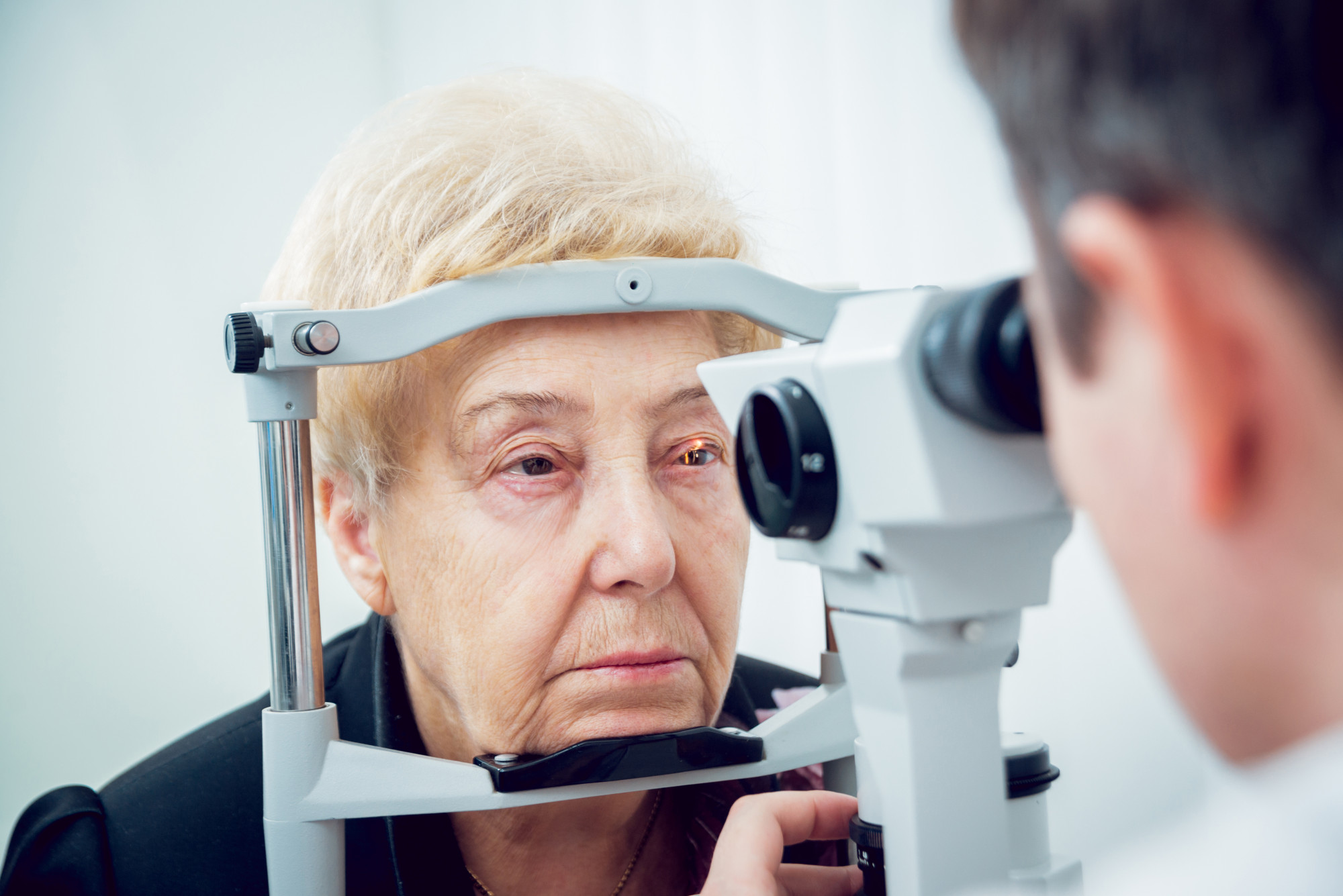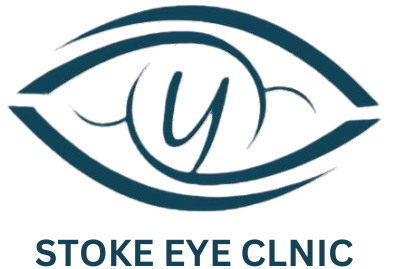Cataracts
- Home
- Cataracts
What is a cataract?
A cataract is a common eye condition where the lens of your eye becomes cloudy, leading to a decrease in vision. The lens of the eye, similar to a camera lens, is clear and helps to focus light or an image on the retina. As we age, some of the protein in the lens may clump together and start to cloud a small area of the lens. This is a cataract, and over time, it may grow larger and cloud more of the lens, making it harder to see.

Symptoms
When you have a cataract, it’s like looking through a foggy window. This cloudiness prevents light from reaching the back of your eye, called the retina, clearly. This can make your vision blurry and colours might seem faded, as if you’re looking through frosted glass. You might also notice that lights seem too bright at night, or you may see halos around lights, making it hard to see well in the dark. Some people even see double out of the eye with the cataract. Because of these changes, you might find it tough to read, watch TV, recognize faces, or drive, especially at night or in poor lighting. Cataracts can also make your eyes feel tired and can lead to headaches or difficulty telling different shades apart.
Glare
Dull Colours
Blurred Vision
What causes a cataract?

Age
Most people who develop cataracts are over 60 years of age.

Trauma or injury
more common in younger individuals

Medications
such as steroid treatment

Medical conditions
such as diabetes
Cataract Surgery
Cataract surgery is a common procedure where the lens inside your eye is removed and replaced with a clear artificial one. It’s one of the most common operations done in hospitals. The surgery is usually quick, taking about 15-20 minutes, and you won’t need to stay in the hospital overnight. You’ll be awake for the procedure, but don’t worry—the area around your eye will be numbed to make sure you’re comfortable. Most people find the surgery very easy to handle. You might spend about half a day in the hospital so we can get you ready with some eye drops to dilate your pupil and do some checks before and after the surgery to ensure everything is okay.
When will my cataract be ready or ripe enough for surgery?
Deciding to have cataract surgery mainly depends on how much the cataract is affecting your vision and your everyday activities, like driving. If your cataract isn’t causing much trouble, you might choose to wait before having surgery. However, most people who opt for surgery do so because their vision has fallen below the level that’s safe for driving, as recommended by the DVLA. The choice to have surgery also depends on whether you feel ready for the procedure.

What are the risks?
Cataract surgery is highly effective and improves vision for the majority of people who have it. It’s considered a very safe procedure, but like any surgery, it does come with some risks. However, serious complications are rare. In fact, over 95% of people are satisfied with the results of their cataract surgery.
Risks associated with cataract surgery include:
Cloudy lens capsule
Prolonged inflammation
Break in the lens capsule
Infection (Endophthalmitis)
High pressure or bleeding during surgery

4 Tips to Improving Success
Achieve better outcomes with expert surgeons, advanced procedures, and a commitment to quality care. Our focus on precision, efficiency, and timely surgeries ensures your vision restoration is in trusted hands.
The Surgeon
The experience of your eye surgeon is a key factor in the success of surgery. I will personally perform your cataract surgery, and as a consultant eye surgeon with almost a thousand cataract surgeries, you can be assured that I have operated on many simple and very complex cataracts.
The Procedure
Although the process for taking cataract out is structured. There are many variables which can require extra steps to ensure a safe and efficient surgery. I will guide you through the process and explain everything simply and clearly
Quality Surgery
It is very important to get the surgery right first time. I’m a Consultant ophthalmic surgeon with an expertise in undertaking cataract surgery. I have extensive experience in doing cataract surgeries in simple and complex cataracts such as very short sighted, far sighted, previous trauma and laser refractive surgery.
Timely Surgery
Choosing the right lens for cataract surgery is essential. Options include Monofocal IOLs, which focus at one distance, Multifocal IOLs, offering clear vision at multiple distances but may cause glare, and Toric IOLs, tailored for those with astigmatism. I will personally you to the best choice based on your needs.
Lens Selection
Monofocal IOLs
Multifocal IOLs
Toric IOLs
Cataract FAQs
Are there any alternative treatment for cataracts?
I want to be asleep during the operation. Can I have sedation or a general anaesthetic?
Will I need spectacles after my cataract surgery?
If I only have a cataract in one eye, will I need glasses afterward?
Will my cataract grow back after surgery?
No, cataracts don’t grow back once removed. But sometimes, the capsule behind the new lens can become cloudy, affecting your vision. This happens in about 10% of cases and can be easily fixed with a simple laser procedure called Yag laser to make things clear again.
What happens after I decide to go ahead with cataract surgery?
What about contact lenses before surgery?
What if I’ve had laser eye surgery before?
What happens on the day of cataract surgery?
What happens during the operation?
What happens after the operation?
When can I drive after surgery?
When can I get new glasses after the surgery?
If everything goes well, you can get your new glasses about 2 months after the surgery. We’ll give you more detailed advice during your post-operative visit.
https://www.instagram.com/stokeeyeclinic/reel/DBsGMofIee1/
- info@bramptonmedical.co.uk
- 01782 614174
- 36 Hanover St, Newcastle-under-Lyme, Newcastle ST5 1AU
- Clayton Rd, Newcastle-under-Lyme, Newcastle ST5 4DB
- © 2024. All rights reserved
- Terms & Conditions
- Where I work
- Brampton Medical
- Designed & Developed by احمد

